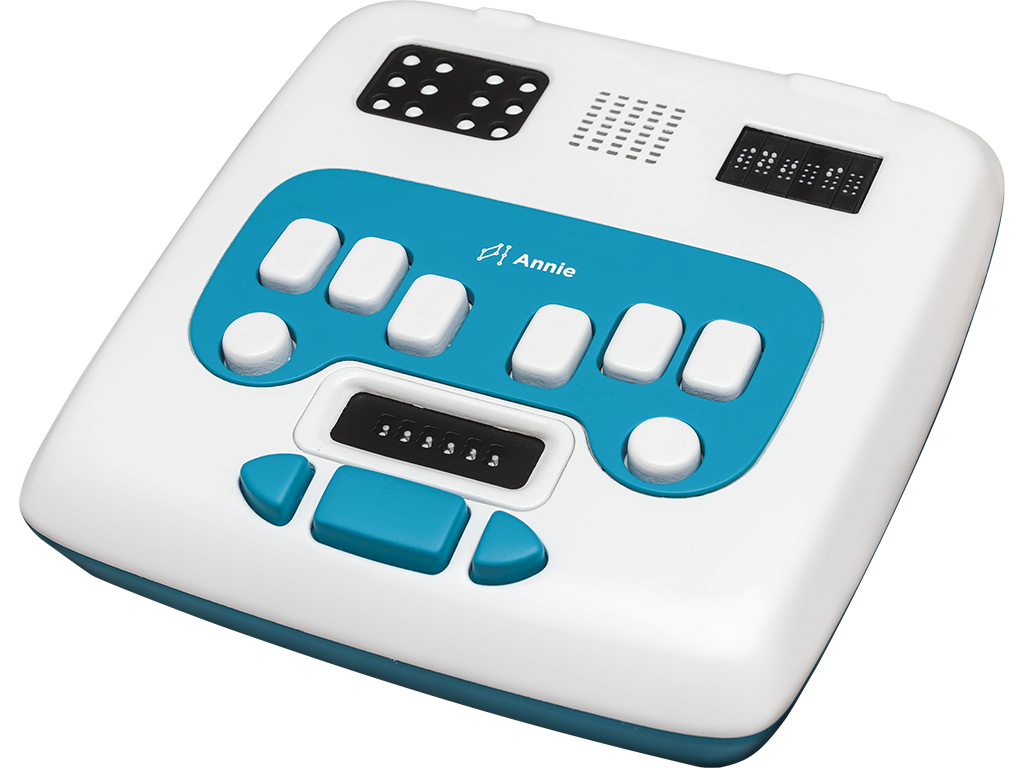The Need
The literacy rate among the visually impaired around the world is abysmal.
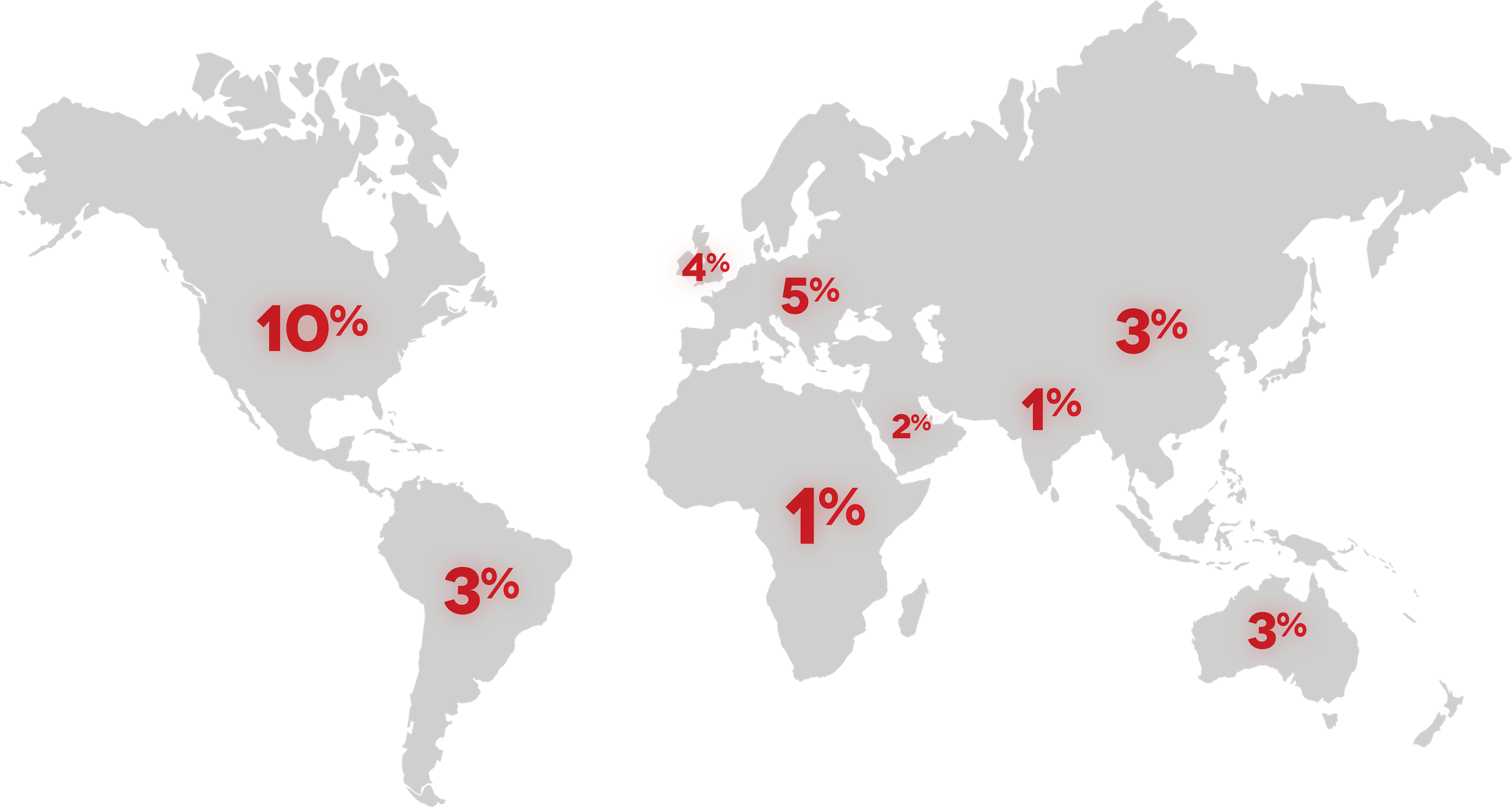
Braille Literacy is Directly Correlated to Employability and Independence.
With Existing Methods
It takes one student one full year to learn basics of braille literacy (reading, writing, typing) under constant supervision.
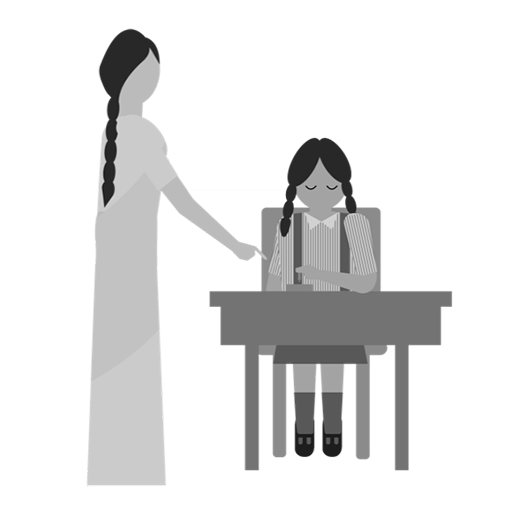
Hand-holding and constant supervision of a special educator

Primitive methods that result in slow learning
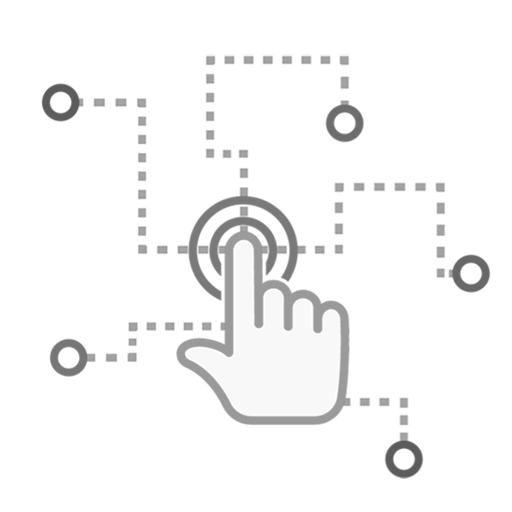
Non-interactive content keeps the students disinterested and unmotivated
Extent of the Problem
The Global Blind Population is expected to triple by 2050 and is growing at a CAGR of 3.73% while the world population is growing at 1.158%
285M
Worldwide
Visually Impaired PeopleSpecial Education Needs (SEN) budgets are increasing worldwide but not proportionately to the growth of number of pupils with high needs.
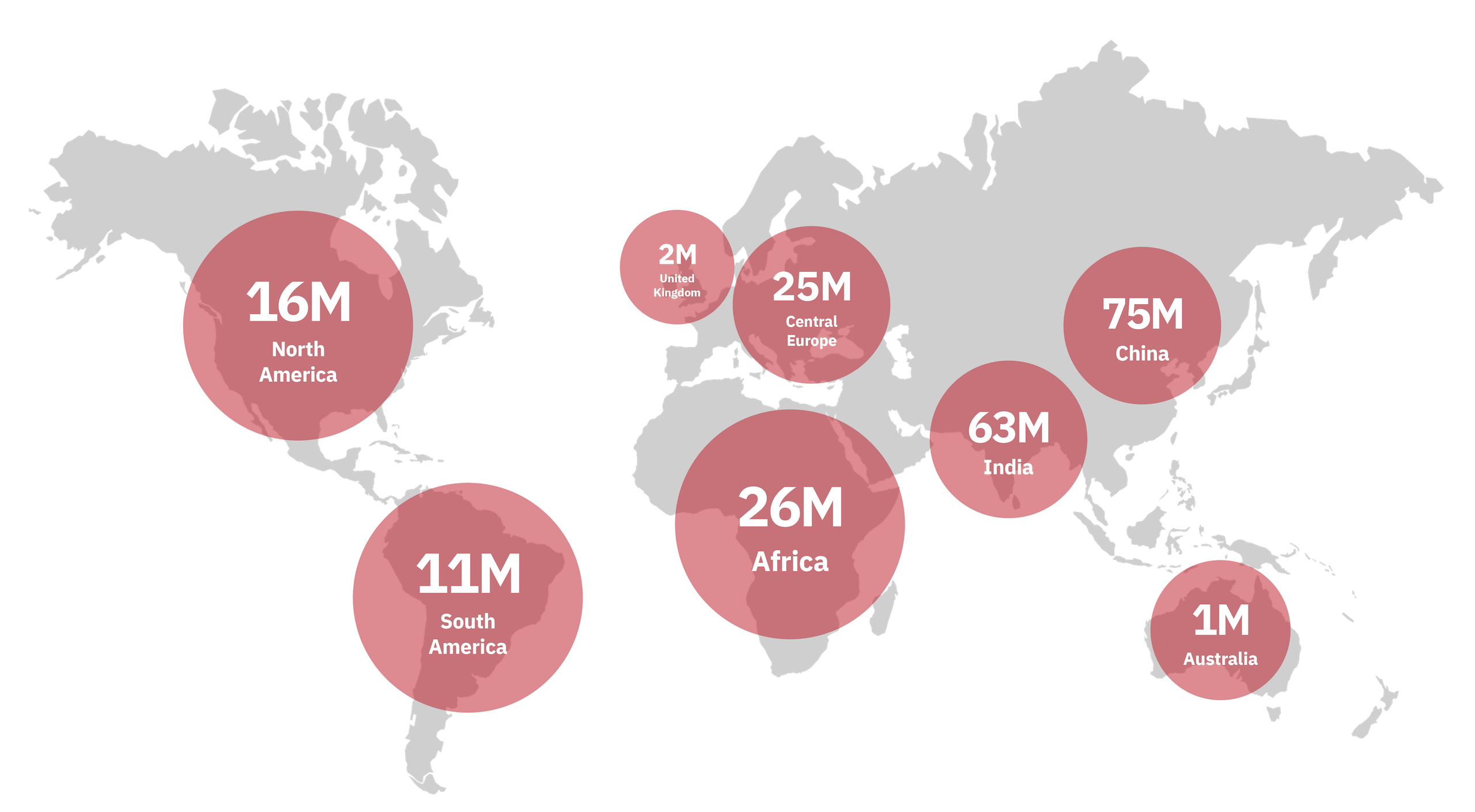
Unfavorable teacher-student ratio leads to inadequate supervision.
Students take longer to become braille literate.
For Guardians
- Lack of Awareness
- There's a shortage of special educators
- Guardians are unable to participate in the learning and development of the child
For Governments
- The increase in SEN budgets is not proportional to the growth of number of pupils with high needs
- Training and hiring special educators to plug the gap is both expensive and time taking
The Solution
Annie® is the world’s first self-learning device for Braille literacy.
Packed with gamified and interactive content, Annie® makes learning braille fun.
The tactile hardware modules tailored to teach, coupled with a soft human voice guiding students through lessons eliminates the need for handholding and constant supervision.
Annie® evaluates answers given by the students instantly and gives smart corrective feedback.
Learn More